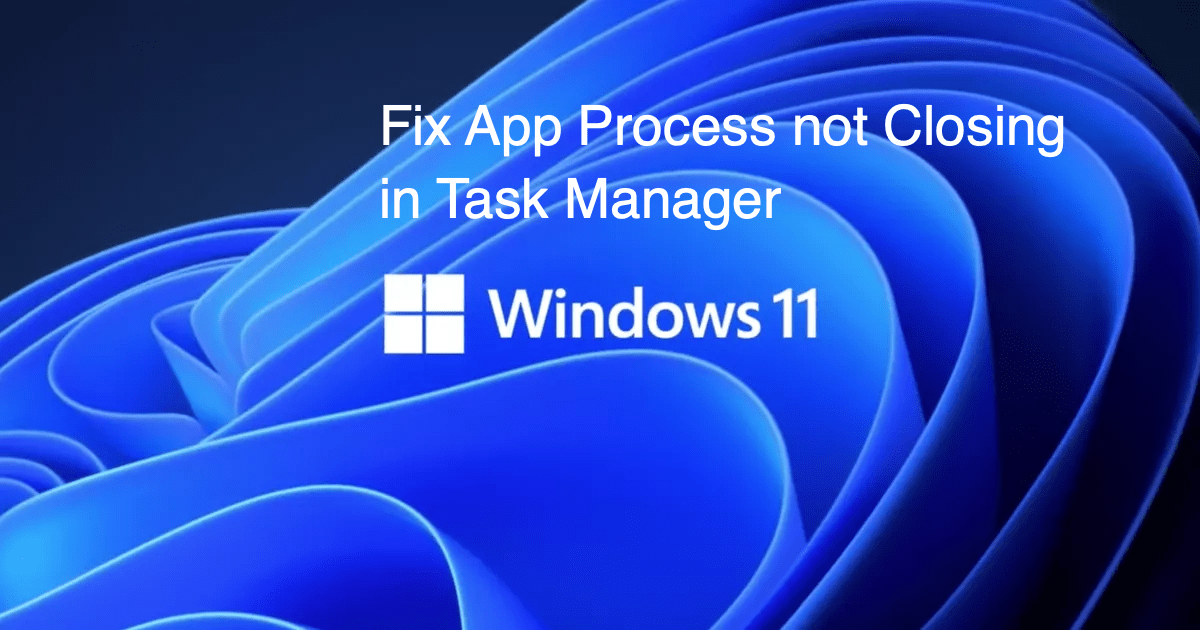
Fix App Process not Closing in Task Manager Windows 11
This guide will make you aware of three different methods to fix the app process, not the closing issue in Windows 11. There are a plethora of services running in the background on your Windows PC at a particular point in time. While some are associated with third-party apps, others belong to system-related components essential for the OS’s proper functioning.
However, these processes aren’t free from their fair share of issues. Sometimes, they might not perform along the expected lines and could lead to a high impact on the CPU’s performance. This, in turn, would slow down your PC, but that’s just one of the many negative outcomes of this event.
Any issues with a service could have direct consequences on its associated app or even the OS if the process in question is linked to a system app. In this regard, the best route forward is to close that process via Task Manager and give it a new instance to work upon. However, in some instances, the service would just refuse to close.
It would either hang the Task Manager or wouldn’t react to the user’s action of clicking on the Disable button. If you are also getting bugged with this issue, then fret not. This guide will show you various approaches to fix the app process, not closing the issue in Windows 11. Follow along,
There exist three different methods through which you could carry out the aforementioned task- without involving the use of Task Manager. We have listed all these three approaches below; you may try out the one that meets your requirement.
Windows 11 has revamped the Settings page and added a bunch of useful functionalities to it. One of them is directly terminating the app and its processes in just one click. Here’s how you could use it:
While a slightly technical method, closing the app’s process via the Task Kill command is a fool-proof method that has a high degree of success. So let’s put it to test right away:
TASKKILL /?
Tasklist
taskkill /IM imagename
taskkill /IM notepad.exe
That’s it. This was the second method to fix the app process, not the closing issue in Windows 11. Let’s make you aware of the third and final one.
If you are unable to close an app’s process, then you could rather consider disabling it. The process will just lie idle in the background without consuming any additional system resources. However, do keep in mind that as opposed to the earlier two methods, here, you will have to manually re-enable that process as and when needed. To try it out, here’s what you need to do:
While this method is fairly easy to execute, but it has a caveat. Not every process have their associated services. So if you come across any such app, then the above method would prove to be futile.
With this, we conclude the guide on how you could fix the app process not closing issue in Windows 11. We have shared three different methods for the same, along with their perks and downsides. Do let us know in the comments section which of the approaches spelled out success for you.